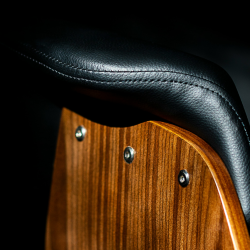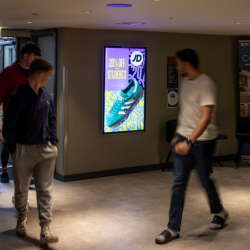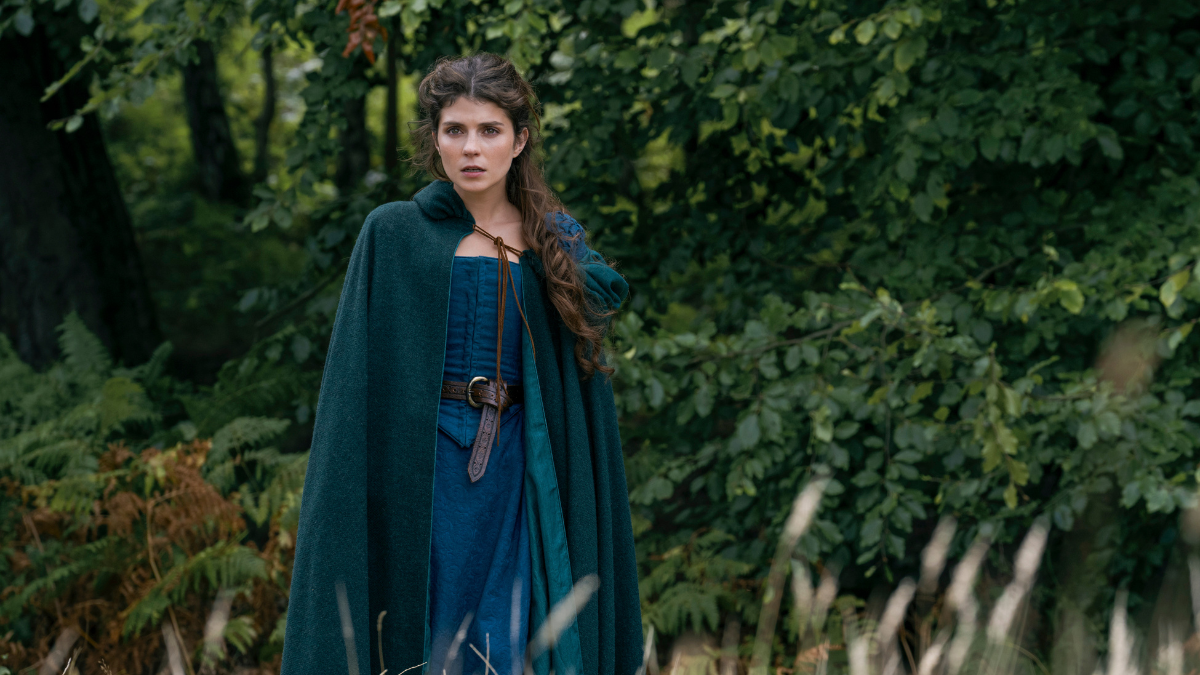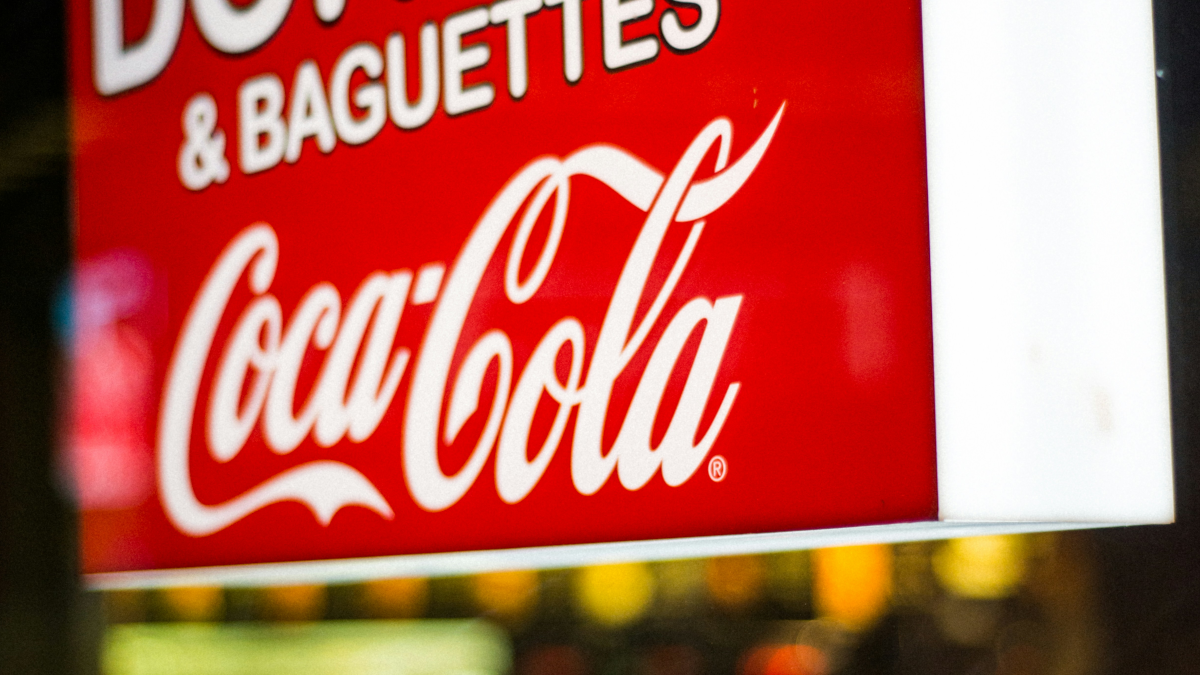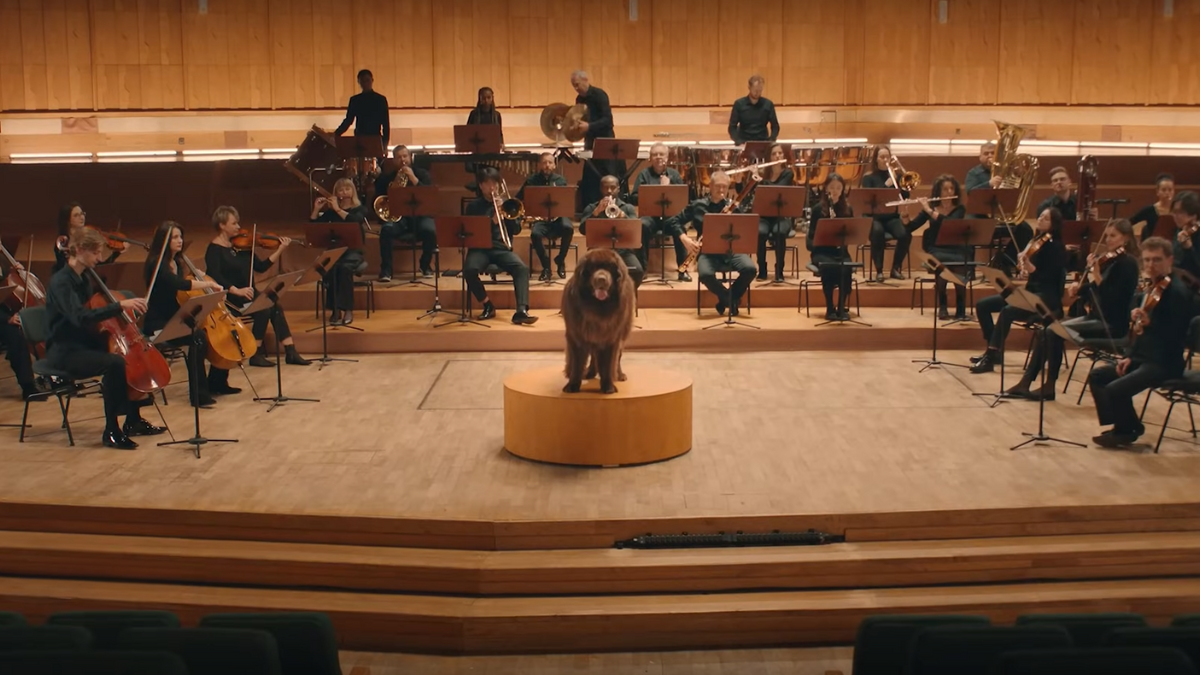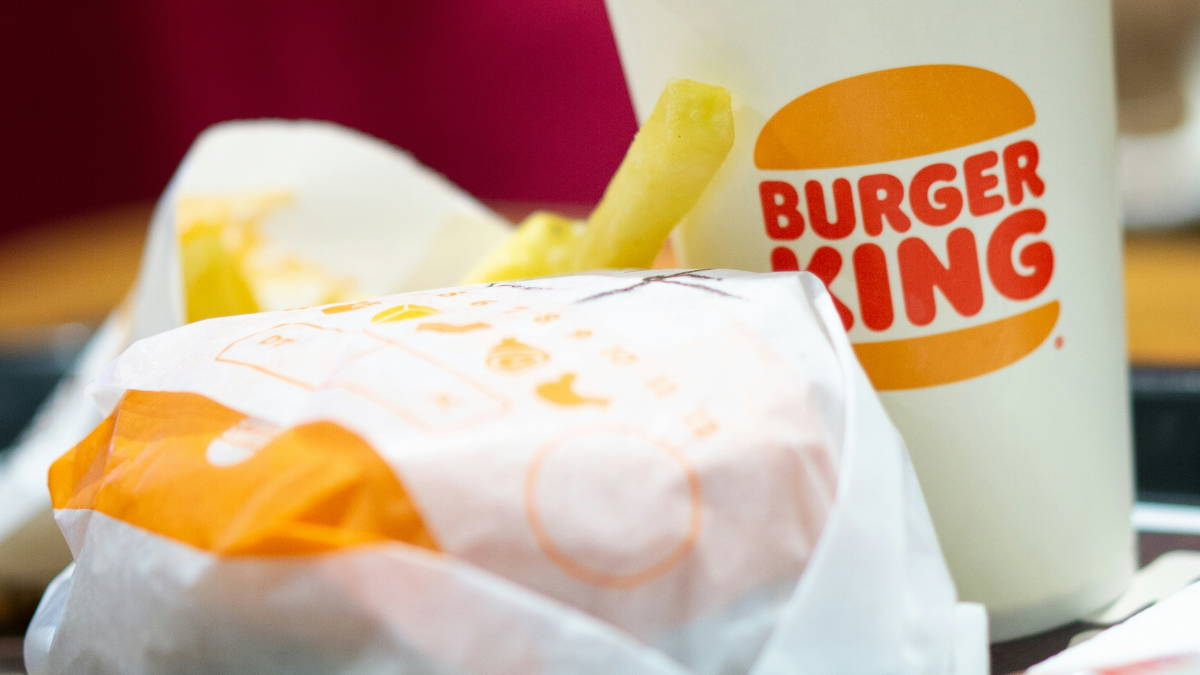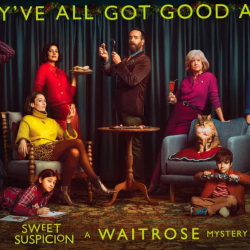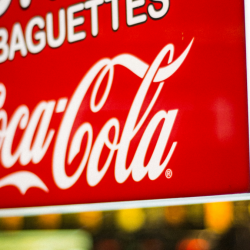Prime Video has announced that My Lady Jane will not renew for a second season. Considering the show’s 94% Rotten Tomatoes score and its interesting resemblance to Netflix’s Bridgerton, this news has taken fans by surprise. While My Lady Jane and Bridgerton might be different on the surface, they have one enormous trait in common: they throw historical accuracy out of the window, refusing to fit neatly into the period romance box. Set against the backdrop of the Regency era, Bridgerton follows the lives of eight siblings as they navigate finding love in London high society.
Meanwhile, My Lady Jane is a Tudor drama that reimagines the story of Lady Jane Grey, beheaded just nine days after taking the throne. Besides providing an alternative to historical events the show also features elements of fantasy, with some characters having the power to transform into animals.
Diverse casting, LGBTQ+ representation and modern music
Although the two shows may have strikingly different plots, they share three key similarities — all of which subvert the traditional characteristics of the historical romance genre. While Bridgerton does not put historical inaccuracy at the centre of its plot as My Lady Jane does, the series strays away from the reality of 19th-century England by including characters of different ethnicities. In an article for TUDUM, Bridgerton author Julia Quinn writes: ‘If you’re going to have a genre that’s all about love and happy endings, then let everybody see themselves in the story. Part of the reason [the Netflix series] is so popular is because so many different kinds of people could see themselves in the story. […] For so long, people couldn’t see themselves in the happy endings we’re given on screen. That’s what the Netflix show is doing for so many people: just letting them see themselves in the story, in the glamour, in the happy ending.’
Interestingly, both Bridgerton and My Lady Jane cast Black actors for the roles of the monarchs, with Golda Rosheuval playing Queen Charlotte and Jordan Peters starring as King Edward VI. Another thing that the TV series have in common is their inclusion of LGBTQ+ characters. In Bridgerton, two of the eight siblings (Benedict and Francesca) are queer characters. In an interview with Teen Vogue, showrunner Jess Brownell said: ‘My approach to telling a queer story on Bridgerton has been to look to the books for thematic cues. I didn’t want to just insert a queer character for queer character’s sake. I want to tell a story that accurately reflects a queer experience, and the first time I read Francesca’s book, I really identified with it as a queer woman.’
My Lady Jane also features a queer character (King Edward VI) and even depicts the moment he realises that he is not attracted to women. It is worth noting that these characters are not queer in either of the novels. If the above two points are not enough to tell viewers that what they are watching is not representative of the period in which it is set, the music will remind them. Both shows use soundtracks that snap the reader back into the present day, with My Lady Jane combining period music with modern rock and Bridgerton using instrumental covers of pop songs, like ‘Give Me Everything’ by Pitbull, Afrojack and Ne-Yo.
Similar ingredients but different outcomes
Both shows took a risk by choosing to go against what viewers would typically expect from the period romance genre but only one has reaped the rewards of this risk. According to the Guinness World Records, the data science firm Parrot Analytics calculated Bridgerton’s global demand rating to be 33.9 times higher than the average. Subsequently, this secured Bridgerton the title of ‘world’s most in-demand romantic drama’.
What is more, all three seasons have made it to Netflix’s ‘Top 10 TV Shows of All Time’. Considering its resemblance to Bridgerton, it is not surprising that My Lady Jane received an impressive Rotten Tomatoes score (94%). What is surprising, however, is the aforementioned announcement of its cancellation less than two months after its release (27 June).
What went wrong?
Deadline was the first to report the cancellation of My Lady Jane, revealing that the show ‘did not find a broad enough audience’. Moreover, despite its positive reviews, the Tudor drama never secured a spot on Nielsen’s Top 10 weekly streaming charts for originals. If it shares multiple similarities with Bridgerton and received positive reviews, then why did it fail? The answer may be found in its marketing. A large part of My Lady Jane’s plot revolves around the fight between Ethians (people who can transform into animals) and Verities (non-Ethians). The male protagonist of My Lady Jane — our heroine’s husband Lord Guildford Dudley — is also an Ethian and transforms into a horse. Despite this immensely important storyline, My Lady Jane’s trailer omits any mention of fantasy.
This achieves two things: it does not sell the show to viewers who enjoy fantasy, and arguably puts off viewers who do not enjoy that genre. In other words, the trailer neither targets the correct audience nor tells us what the show is really about. In turn, those who do watch the show expecting a blend of alternate history and period romance can end up feeling deceived when the male protagonist suddenly becomes a horse. And it seems fans agree. One viewer commented on Deadline’s cancellation announcement saying: ‘My Lady Jane is a victim of Amazon’s own bad marketing, not of any inherent flaw. I hope Amazon reconsiders its decision — and makes a better effort to lift up incredible female-led shows.’
Similarly, others took to forums such as Reddit to share that the marketing is ‘a mess and a half’ and that ‘viewers should be aware people will be turning into animals before watching’. Fans have also stated that they have watched and enjoyed My Lady Jane, not because of the marketing, but rather despite it. This was also pointed out by Ashley Spencer, Culture Journalist at The New York Times and Washington Post, who shared her thoughts on X.
The lesson to learn from My Lady Jane is that having a good product is not enough to guarantee success. Despite its high ratings, the show did not succeed in attracting a big enough audience. Had My Lady Jane’s marketing targeted the right audience and been more honest with its viewers, the outcome might have been different.
Featured image: Amazon MGM Studios


